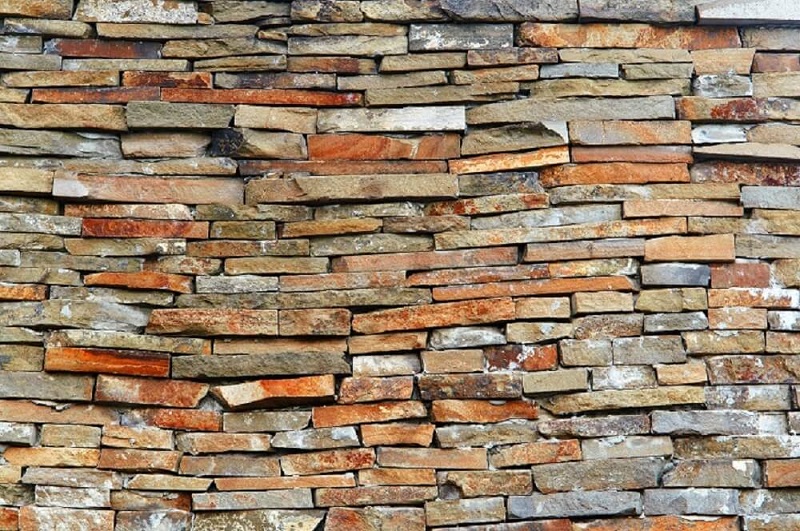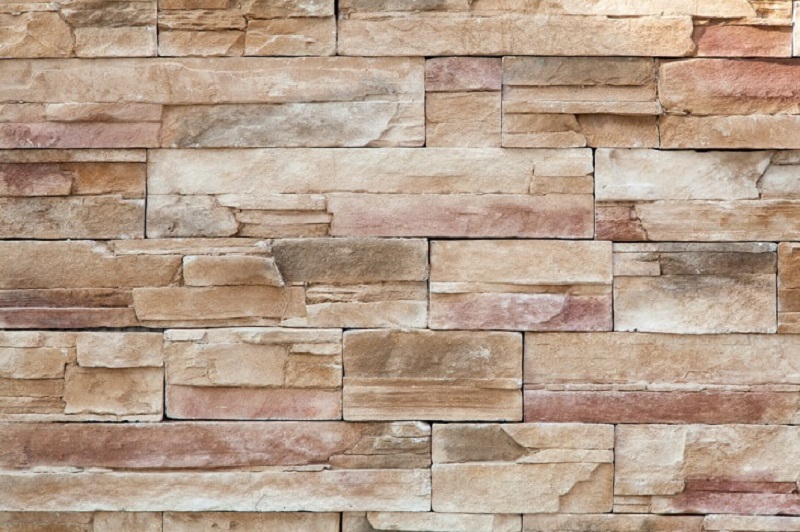
Stone cladding is a thin layer of stone which is applied to a building made of a material other than stone. The cladding is often applied to concrete and steel buildings. Cladding provides endless design possibilities and can be used in different buildings facades such as storefronts, shopping malls, hotel lobbies and more. Thousands of successful installations have added strength and elegance to the building exteriors and interiors.
A mortar mix is used to fix the stone cladding to the wall. A typical installation makes use of a lightweight substrate with plywood backing as a substitute to fiber cement sheet.
What are the Stone Cladding Panels?
Stone cladding refers to lightweight stone products with a concrete base. The stone cladding panels are often fixed to lightweight substrates to lower the cost of construction. These panels typically comprise of waterproof barrier, timber stud frame, mortar scratch coat, waterproof barrier, expanded metal mesh and fiber cement sheet. Stone cladding is made by quarrying natural stone and then cutting them into thin pieces. Cladding panels vary in sizes, thicknesses, and shapes. Based on the specification of design and needs, they can be customized in different sizes.
Method of Installation

Stone cladding panels can be fixed using direct adhered or adhesive method of installation. Cleaning the substrate property perfect is essential for the direct adhered system. Any kind of contaminants need to be removed, or else they can work as bond breakers. Thus, ensure that there are no dirt, dust or oil sticking to the surface. For desired results, Mechanical scarification is used to remove those contaminants and for perfect results. As natural stone cladding are heavier, they often need mechanical fixing to get adhered to substrates in which shelf angles and stone clip are used.
The direct adhered method of installation carries advantages over the mechanical anchors. The primary benefit is the cost factor. Moreover, the direct subscribed method includes use of thinner and lightweight stone cladding panels for greater productivity and is less expensive. High-performance epoxy adhesive and a liquid latex additive mixed with Portland cement are the most widely used and successful mixtures used for installation. Hundreds and thousands of fruitful installations have been accomplished with the direct adhered or adhesive installation.
Advantages of Stone Cladding
Typically, the stone cladding is used to give extra strength and finish to an existing structure. Installing stone cladding panels results into reduced structural support and cost with modern construction techniques. However, various factors impact the success of the installation of stone cladding panels. These include the condition of the substrate, suitability of the stone, performance of the adhesive and whether it is interior or exterior applications or not. It is essential to see if the natural stone cladding is suitable for the intended application. For instance, certain types of stone determinate due to moisture or expanding under freezing temperatures. Thus, it is necessary to study the thermal movement, breaking strength, absorption rate and frost resistance of cladding panels before installation.
Before getting stone cladding panels installed, get some information on the type of panels and methods used. The direct adhered method is the most common and most reliable method. Hire only a reputed service provider for a successful installation and make sure that the firm follows the building code compliance. It is essential; to get involved with the manufacturers and service providers at every step. Check out their track record with installations and the quality of materials used. Shoddy workmanship and inappropriate materials would mean extra work and wastage of money and resources.





